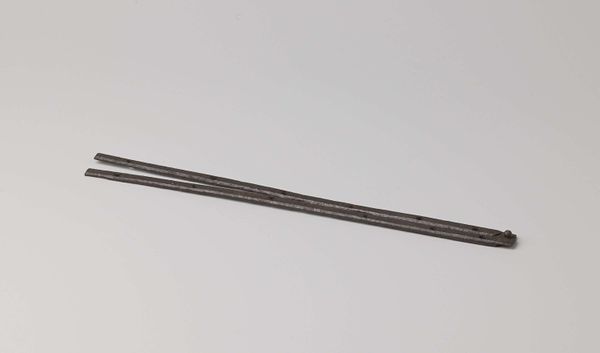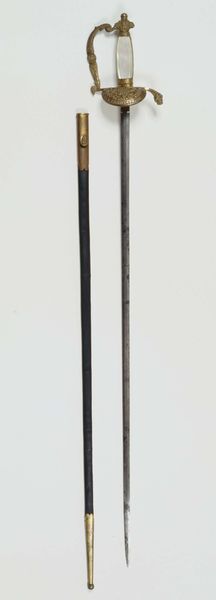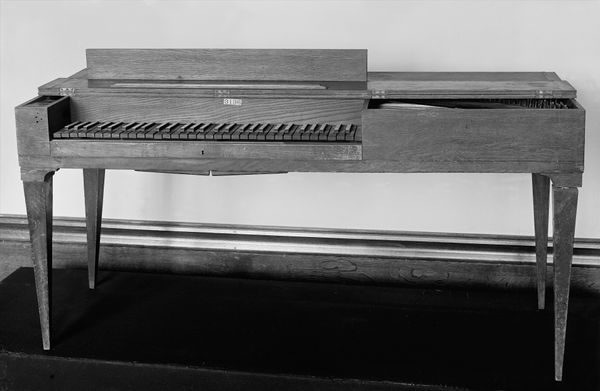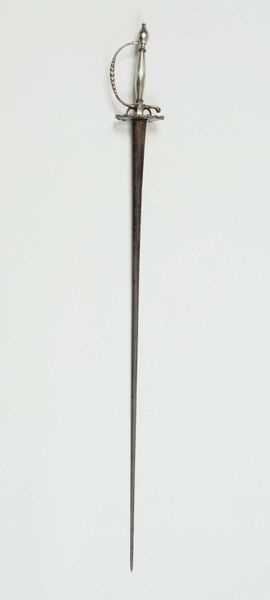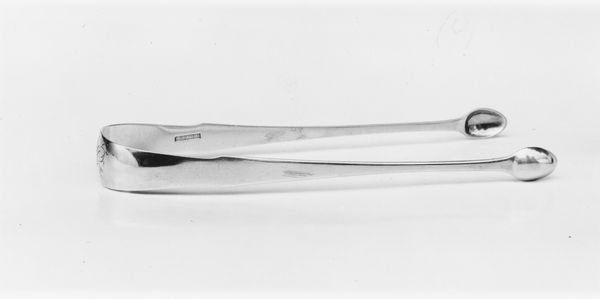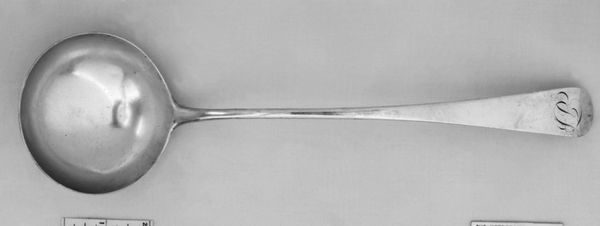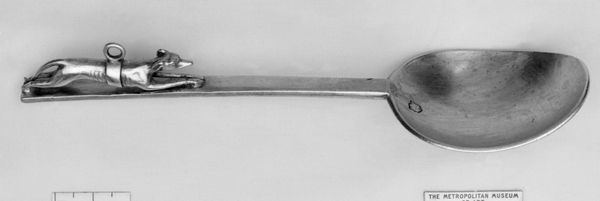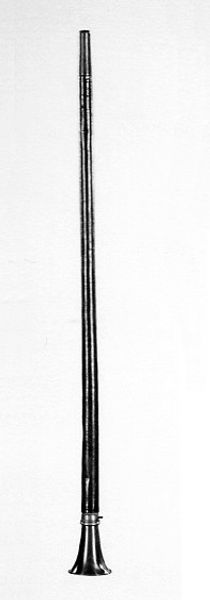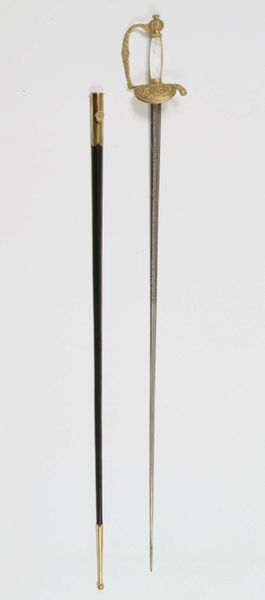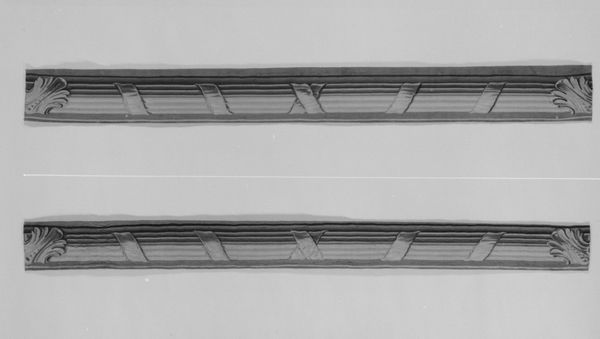
wood
#
sculpture
#
asian-art
#
wood
#
musical-instrument
Dimensions: L: 57.4 cm (22-9/16 in.); Depth: 8.3 cm (3-1/4 in.); Diam. of body: 9.3 cm (3-11/16 in.) see diagram
Copyright: Public Domain
This Erxian, now in the Metropolitan Museum of Art, was crafted sometime in the 1800s by the Golden Tone Workshop. It's primarily made of wood, with strings that would have been stretched taut to create sound. The wood's inherent qualities – its density, resonance, and workability – define the instrument's form and function. Shaping the neck, body, and tuning pegs required skilled carving and joinery. The labor involved in selecting, curing, and precisely shaping the wood would have influenced the instrument's tonal quality and playability. The Erxian's creation reflects broader social issues of labor and specialized craft. Workshops like Golden Tone likely employed artisans with specific skills, contributing to a division of labor. The value placed on this instrument would have depended on the quality of materials, the precision of craftsmanship, and the reputation of the workshop. So, next time you hear the music of an Erxian, think about the hands that shaped it, and the cultural context that gave it meaning.
Comments
No comments
Be the first to comment and join the conversation on the ultimate creative platform.
